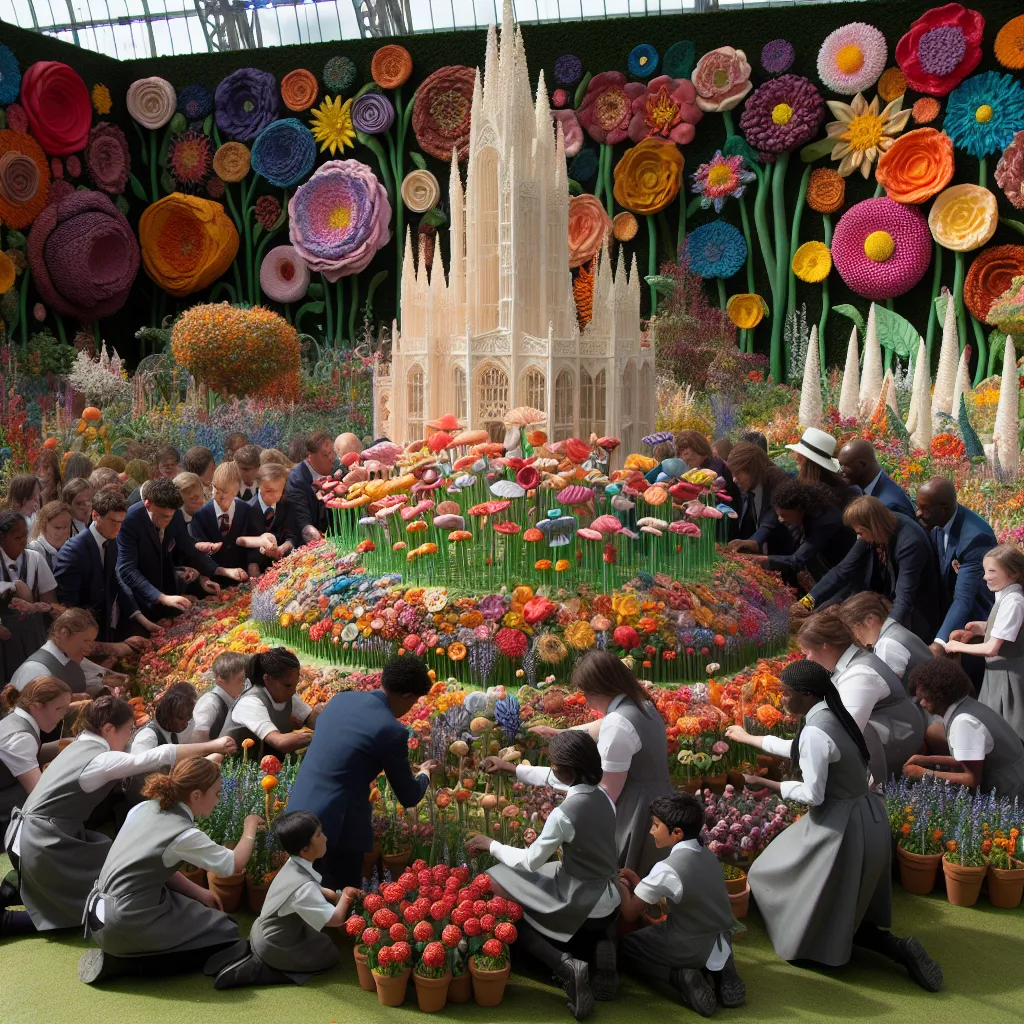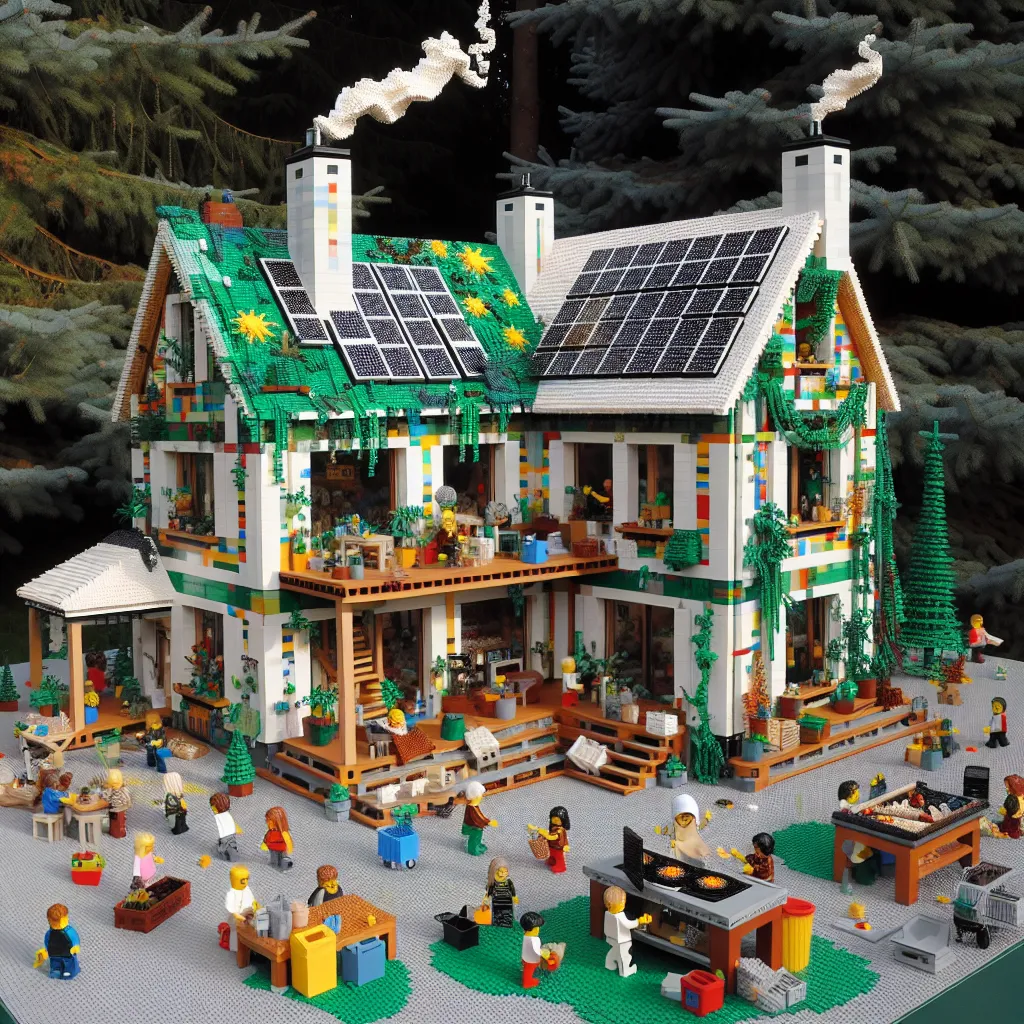This week, I set out to liberate the untapped creative prowess of the British people using the simple, nostalgic medium of plasticine. My ambitious plan? To create and exhibit an entire garden made from this ever-moist modeling clay at the esteemed Chelsea Flower Show, an event traditionally reserved for the cream of horticultural excellence.
If you were a child in Victorian Britain and out of the workhouse, you might have had some gray, hard-as-a-rock modeling clay to play with until a frustrated art teacher, William Harbutt, reimagined it in 1897. His invention, plasticine—oil-based, forever pliable—became the Edwardian and later generations’ favorite, much like Nintendo for the 1900s. Yet by the 1970s, its allure began to fade. It was up to me to revive it in today’s Britain.
I embarked on this mission at Liverpool Street Railway Station, armed with loads of plasticine, beckoning weary commuters to indulge in unbridled creativity. And they did—penguins, dinosaurs, fruit, all emerged from their hands. This latent love of plasticine among the British public inspired my next step.
To celebrate plasticine properly, I envisioned an epic project: a plasticine paradise at the Chelsea Flower Show. For advice, I turned to Harbutt’s great-grandson, Terry, and pored over old booklets showcasing uses for plasticine, even in trench warfare or grafting fruit trees. I opted for gardening, reminiscent of the Harbutt family’s garden photos.
With renewed vigor and sculptor Jane McAdam Freud’s unconventional methods, I immersed myself in plasticine art, producing far-out designs and, eventually, a detailed garden blueprint. My submission, however, found little favor with the Chelsea committee—harrowing feedback led to a redesign, exactly to their expectations.
Amid impending deadlines, I roped in students from Stockwell Park School, visitors at the Ideal Home Exhibition, and the wonderful Jane Asher and the team at her cake shop for backup. Together, we churned out thousands of plasticine flowers.
As setup day approached, complications surged—from urban foxes seeking a feast in plasticine to concerns about melting under the sun. But my hardy team from Stockwell Park prevailed, producing a garden so striking even foxes got fooled.
The festival kick-off was a kaleidoscope of colors—each intricate plasticine bloom delineating a manifesto of creativity, with Harbutt’s esteemed bust presiding. Initially dismissed as a spectacle without ‘real’ flowers, my creation still won hearts, including those of Chelsea pensioners and the press.
Judge day, however, brought a non-award due to points lost for “no real flowers.” Still, undeterred, I championed it as a coup de grace, evoking a rousing public endorsement that prompted the RHS to unexpectedly honor my garden with a specially commissioned gold medal, made, of course, from plasticine.
In the end, the victory wasn’t just over horticultural orthodoxy or for a cherished childhood pastime. It was about the unwavering spirit of innovation and community, reminding us all that even the simplest medium can yield extraordinary results when touched by the collective genius of the British public.






